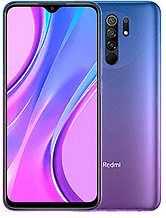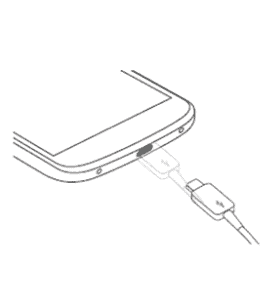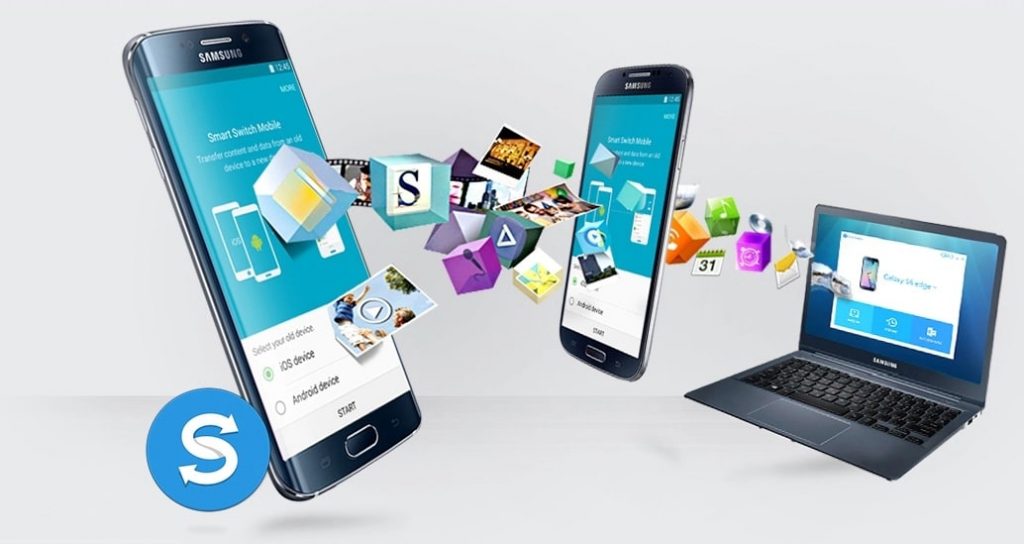Redmi 9 is another decent version of the Xiaomi smartphone brand this year 2020 recently offering extraordinary specifications. If you are a Xiaomi Redmi 9 user and want to connect your smartphone to your computer or a flashing firmware on your device, you will need to download and install the Xiaomi adb driver which you will find here.
In this article, we provide officially released tested Xiaomi USB drivers along with a detailed installation guide and video tutorials that will allow you to easily install all of these Xiaomi USB drivers on your computer. Along with the drivers, we have also included Mi PC Suite which are used for different operations and the Xiaomi USB drivers for mi pc suite which will allow your phone to be detected by mi pc suite. Without a driver, your phone will not be able to establish a connection between the other hardware system such as the computer. For this purpose, the adomi Xiaomi drivers must be installed on your computer. The installation guide and video tutorials based on installing these drivers will easily guide you on how to install Redmi USB drivers on the computer.
These are original Android USB drivers that are compatible with Windows 10 64 bit, 7, 8, 8.1, Vista and XP. Therefore, simply download the drivers and peruse the publication carefully to install them properly on your computer.
Xiaomi Redmi 9 Review

Redmi 9 was officially launched in June 2020 with an IPS LCD capacitive touch screen. The phone screen is covered with a 6.53 inch screen supporting the resolution of 1080 × 2340 pixels protected by corning gorilla glass 3 technology. The phone supports the dual SIM card.
The latest version of Android has been installed on Xiaomi Redmi 9 known as Android 10 with MIUI 12. For performance, the phone includes an Octa-Core processor with the Mediatek Helio G80 chipset. Regarding internal storage, Xiaomi Redmi 9 offers three variants of 32 GB with 3 GB of RAM or 64 GB with 4 GB of RAM or 128 GB with 6 GB of RAM and also supports micro-SD card for a additional storage.
As expected, Redmi 9 offers a 13MP + 8MP + 5MP + 2MP Quad main camera with LED flash, including features and an 8MP secondary camera for selfies. The phone’s connectivity support includes WLAN, Bluetooth, GPS, NFC, infrared port, radio and USB. The sensors present on the phone are the fingerprint, the accelerometer, the proximity and the compass.
The Xiaomi Redmi 9 is powered by a Li-Po 5020 mAh battery and is available in a combination of four impressive colors: carbon gray, sunset purple, ocean green and pink / blue.
You can get this great smartphone for an affordable price of $ 124.
Download the Xiaomi USB / ADB driver for Xiaomi Redmi 9

- Download (ADB) Drivers for connection purposes.
- Download (CDC) Drivers to flash the firmware.
- Download (VCOM) Drivers to flash the firmware.
- Download (ADB and Fastboot) Configuration for Xiaomi Redmi 9.
- Download Xiaomi Mi PC Suite for Xiaomi Redmi 9.
- Download MediaTek driver for Xiaomi Redmi 9.
- Download MTP driver for Xiaomi Redmi 9.
Video tutorial on how to install the ADB driver on a computer
Easy guide to install the ADB and Fastboot configuration on the computer
Step 1: Download the ADB and Fastboot configuration above, then extract it.
Step 2: Go to the extracted folder, then click on the .exe file and “run as administrator”.
Step 3: A new command window will appear where you will need to press “Y” then press the Enter key to execute. perform this step until the pop-up windows of the installation wizard appear. Now click on the “Next” button in the installation wizard and follow the on-screen instructions.
Benefits of installing the driver
- Different pilots are required for different purposes.
- For connectivity purposes, the ADB driver must be installed on the computer.
- For flashing firmware, VCOM and ADB drivers are required.
- You can perform a particular task without any hassle.
- Provide a software interface to the hardware.
- Hardware can easily communicate with software components, if the required drivers are installed.










